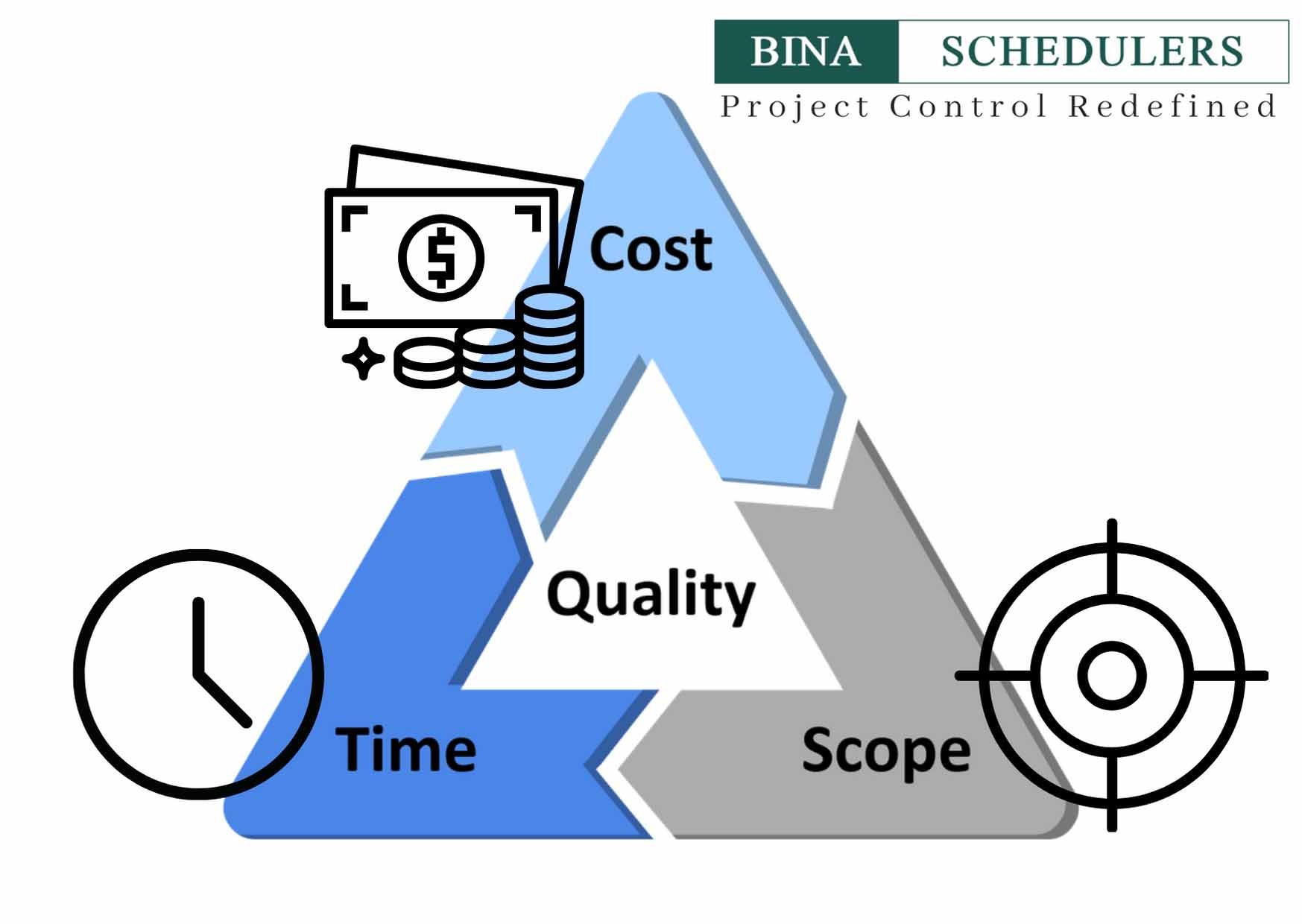
A 2020 study showed that only a third of all projects are finished on time, and as much as 44% are late, over budget or delivered with missing features.
Projects grow all the time as the byproduct of a variety of causes. In some cases, a creative or analyst has an idea for a ting tweak that will improve the user experience, boat conversions, etc. In other cases, an executive or stakeholder has an expectation that must be met. And we all know that those are the sort of conversations that lead to sleepless nights.
But scope creep happens, regardless of the reason. There’s no escape from that. And as a project manager, your role is to manage each project from start to finish (and use your skills to knock any hint of creep back to its place.
However, 2020 inflicted a lot of changes on companies around the world. With many companies working from home, project managers have a new set of problems to solve. One of those obstacles is how to manage scope creep when you’re working on a remote team.
Dealing With Project Scope Changes On A Remote Team
In theory, project growth is a good thing. And the primary causes behind it are pretty common. But most of the time, suggestions around scope creep are made with good intentions. A dangerous band-aid to use is in the perspective of “We’ll just work a little harder”.

We are all familiar with the project management triangle’s strengths and weaknesses. It’s something most managers have internalized, a sort of juggling acts that pools all of your team’s assets and uses every single piece to push a project forward. However, the project management triangle is only as effective as it is talked about. And that’s where project managers run the risks of taking this principle for granted and failing to use it properly.
Isolation, a big part of remote working, became all too apparent for people during COVID-19 quarantine. But while cubicles give us a sense of privacy at work, as well as social distancing, creating a literal physical distance between teams quickly breaks down the established lines of communication.
In other words, the main avenue of dealing with scope creep (clear and frequent communication) starts to fall apart. So if you aren’t actively looking for ways to deal with changes in your project, then your team is at high risks.
Yes, that sounds unsettling, maybe even a little dramatic. But the reality is that project management is all about collaboration across roles. And when people lose sight of the big picture, they’ll forget how their work affects the work of other team members.
That’s a breeding ground for scope creep. It is up to you - as the project manager - to adjust your role and set up your team for long-term success as a lot of companies turn to remote working as a permanent solution.
Talk About Scope Creep
A team’s overall efficiency is highly dependent on knowledge sharing. So while scope creep is something every project manager dreads, it’s not necessarily something in everyone else’s vernacular. And that makes it invaluable that you talk about it with your team. It’s easy to get caught up in logistics of managing across different work environments when working as part of a remote team. Dealing with different time zones are a whole other issue.
The easiest way to avoid unexpected project growth is to talk about it. “Scope creep” is a phrase that all project managers hate. But the only way to prepare your team with the right tools to fight is to make sure they know why it’s such a risk, how it impacts others and what everyone should do when they see it coming.

Talking about scope creep openly removes the taboo around it. Point out that, there are a lot of good causes behind project growth that come from good intentions, but that doesn’t make it any less problematic. Hopefully, by taking the necessary precautions to talk to your team before scope creep arrives, everyone will be more comfortable with dealing with it in the future. And at the very least, your team will know what to do when someone requests for a new feature. As an added bonus, thinking about how you can encourage knowledge sharing will improve the overall effectiveness of your team.
Build It Into Your Training
One major problem when talking about remote work, is that the project manager isn’t quite accessible. Sure, he may be a quick message or email away, but that works perfectly in a traditional office environment. But “out of sight, out of mind” has taken a new meaning after the Coronavirus quarantine, and it affects our work lives in a palpable way. People may feel uncomfortable interrupting someone, or sending a message through when the “busy” status is on. Lines of communication are the framework of reliable project management, so if you aren’t actively looking for a way to work around this obstacle, your projects are in jeopardy.
In most cases, that “obstacle” is a false perception. Everyone knows you’re available to your team members, and you’re always happy to provide direction or answer questions. But all of that doesn’t matter if people believe you’re too busy or distracted to help them.
You can sidestep that issue entirely by equipping your team to deal with scope creep on their own. Yes, you still want to talk to them about it and make yourself available. But if you train people to watch for it, they’ll feel empowered to address that issue and include you in that process. And they know they can ‘cc’ you in an email thread od differe a question to you, that will make sure that you can head off project growth before it picks up any steam. Giving your team members a platform to show initiative and deal with it themselves just builds confidence for everyone involved.
Share Your Big Picture Insights
Individual team members can easily get comfortable within the narrow focus of their day to day jobs, (and i am speaking from experience across multiple jobs and industries). Without any knowledge of the big picture, people often see a small change as something that will only affect a single person’s workload. But the truth is, that it only takes a few small changes for a deadline to slip, and that’s when scope creep becomes a real danger.
As a project manager, your two best skills are seeing the big picture and communicating with your team. Make sure to combine those two elements. It might be a weekly meeting or sharing a link to your online spreadsheets - anything that gives people a window into the project at large. That’s a tried and true method for helping team members better understand how their work factors into the entire process, and how those “small changes” can quickly turn into a big consequences.
Increase Collaboration Across Team
Creating a sense of shared accountability helps you take advantage of all these steps. It's not always realistic to reduce the project length or to put closer parameters on each person’s piece of the overall process. Even if those would give you a convenient way to manage scope creep across a remote team.
An alternative to that is collaboration. By creating shared responsibility on a project, you’re able to integrate people into different, and perhaps out of their comfort zone, aspects. There’s no arguing that collaboration encourages communication. So even if they aren’t communicating as much with their project manager, there’s a greater likelihood that people will spot scope creep in someone else’s work.
Again, that allows you to share the responsibilities for calling out scope creep. The most successful remote teams are the ones that feel empowered to do their best work without losing a sense of collaboration. It is also an added bonus, to manage scope creep in the process.
Preparing Your Team To Succeed
Google spent years researching the attributes shared by its best internal teams. And the most common trait they could find is psychological safety. While you could file that away into the “emotional intelligence” folder, the smart project manager takes a step further.
According to Google’s findings from this scientific journal, “Psychological safety refers to an individual's perception of the consequences of taking an interpersonal risk. They feel confident that no one on the team will embarrass or punish anyone else for admitting a mistake, asking a question, or offering a new idea.”
Let’s tie this back to how we can manage scope creep as part of a remote team. A huge aspect of psychological safety is giving your team the knowledge and resources they need to do their jobs, whether they’re in the office or at home or down in their favourite coffee shop. But part of doing a job well is understanding how that role fits in with others. And that’s why all four of the actions mentioned above matter.
Scope creep is a fact of life, unfortunately. And even a perfect project manager can’t be on top of everything at once. That’s why trusting your team to take action and ask questions can make all the difference in meeting deadlines and staying under budget, especially in our current remote work world.





























